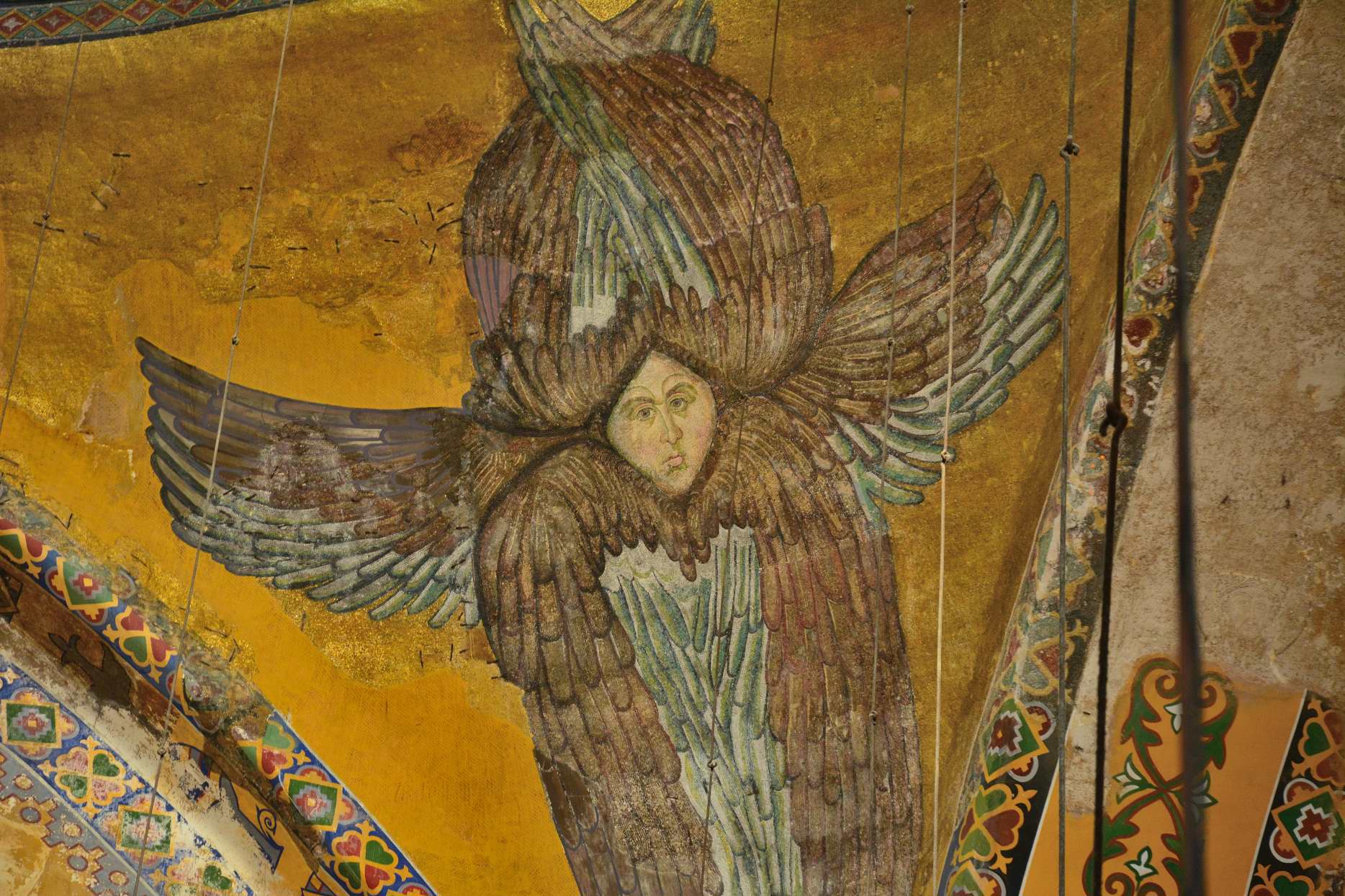When we talk about monotheistic religions, usually three of them would immediately come to mind: Judaism, Christianity and Islam.
But not many people realized that those religions, which are still thriving right now, drew some inspirations from arguably the oldest religion in the world: Zoroastrianism.
Origins

Zoroastrianism was founded by the prophet Zoroaster, also known as Zarathustra, who is believed to have lived between 1500 and 1000 BCE, though some estimates place him even earlier.
According to tradition, Zoroaster received a divine vision at the age of 30 from the supreme god Ahura Mazda.
The supreme god revealed the cosmic struggle between truth and falsehood to Zoroaster. This vision marked the beginning of his mission to spread a new religious philosophy that emphasized moral choice, justice, and the worship of one true god.
Zoroastrianism became the dominant religion of the Persian empires, particularly under the Achaemenid dynasty (c. 550–330 BCE), whose rulers such as Cyrus the Great and Darius I are thought to have been adherents.
The faith continued to thrive during the Parthian and Sasanian empires. It was under the Sasanians, from the third to seventh centuries CE, that Zoroastrianism was most fully institutionalized, with a formal priesthood, temple worship, and canonized texts.
Sharp Decline After the Muslim Invasion

The decline of Zoroastrianism began after the Muslim conquest of Persia in the 7th century CE. As Islam became the state religion under the new rulers, Zoroastrians faced increasing pressure to convert.
Many Zoroastrian temples were destroyed or converted into mosques, and the clergy lost its political support.
Zoroastrians were subjected to taxes for non-Muslims (jizya) and social discrimination, prompting mass conversions over time.
To preserve their faith, some fled to India and then settled there. These refugees are the ancestors of the Parsis community who are right now still living in India.
Without state patronage and facing systemic marginalization, the once-dominant religion of the Persian Empire gradually diminished, surviving only within small, isolated communities in Iran and among Parsis abroad.
Theology

At the heart of Zoroastrian theology is the worship of Ahura Mazda, the Wise Lord, who is considered the creator of the universe and the source of all that is good.
Unlike the gods of polytheistic traditions, Ahura Mazda is singular, eternal, and all-knowing. Zoroastrianism’s monotheism was revolutionary for its time, particularly in a world dominated by pantheons of gods and goddesses.
Yet the religion also encompasses a dualistic worldview. Ahura Mazda is in constant opposition to Angra Mainyu (or Ahriman), the destructive spirit who embodies chaos, deceit, and evil. This cosmic struggle between good and evil permeates all of existence, including human life.
Zoroaster taught that every individual has the free will to choose between good and evil, and that these choices shape both personal destiny and the fate of the world.
While Ahura Mazda is supreme, Zoroastrianism recognizes a host of spiritual beings known as Amesha Spentas, or “Holy Immortals,” who represent different aspects of the divine such as truth, righteousness, and devotion.
These are not gods in the polytheistic sense, but rather emanations of Ahura Mazda’s nature, guiding forces that assist humanity in righteous living.
Its Influence on Judaism, Christianity and Islam

Zoroastrianism significantly influenced Judaism, Christianity, and Islam, especially during the period of Jewish exile in Babylon and Persian rule. The concept of a single, supreme god (Ahura Mazda) shaped emerging monotheistic ideas in Judaism.
Zoroastrian beliefs in angels, demons, a cosmic battle between good and evil, and a final judgment with heaven and hell also found parallels in later Abrahamic faiths.
The idea of a coming savior, or Saoshyant, resembles the Jewish Messiah, Christian Christ, and aspects of Islamic Mahdi traditions.
Zoroastrian eschatology, which includes resurrection of the dead and a final purification of the world, strongly echoes in Christian and Islamic visions of the end times. Ethical dualism and emphasis on free will also informed the moral frameworks of these religions.
Though distinct in theology, the Abrahamic religions absorbed key Zoroastrian elements, particularly during and after the Persian Empire’s interactions with the ancient Israelites and surrounding cultures.
Struggles and Survival

Despite centuries of decline, Zoroastrianism has persisted into the modern era. Today, its followers number around 100,000 to 150,000 globally, primarily concentrated in India (the Parsi community) and Iran.
Small diaspora communities also exist in North America, the UK, and Australia, keeping the traditions of one of the oldest religions in the world alive.
The Parsi community in India played a notable role during British colonial rule and in the early industrialization of India. Despite being a minority, they became prominent in business, science, and philanthropy.
However, the Zoroastrian population faces challenges today, including declining numbers due to low birth rates and endogamous marriage traditions, which discourage marrying outside the faith.
Efforts are being made by younger generations and religious organizations to revitalize interest in Zoroastrianism, encourage interfaith dialogue, and preserve the religion’s teachings.
Digital platforms, scholarly research, and cultural festivals now help to raise awareness about Zoroastrian heritage and philosophy.



















